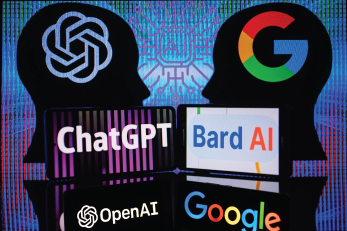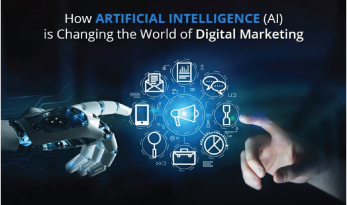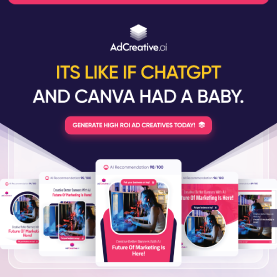AI as a Creative Partner
AI is not merely a tool; it’s becoming a collaborator in the creative process. By training AI models on classic works of art, literature, and science, we unlock the ability to generate original content that feels both familiar and extraordinary. From generating endless streams of portraits that echo the old masters to imagining alien ecosystems with impossible precision, AI pushes the boundaries of what’s creatively possible.
These neural networks don’t simply replicate existing patterns; they synthesize and reinterpret, creating entirely new forms and ideas. This partnership between human and machine represents a paradigm shift, where creativity is no longer limited by human constraints but is amplified by computational power.
Examples of Mind-Bending AI Art
- Portraits with a Twist: AI models trained on classical art styles generate lifelike portraits that blend historical influences with modern sensibilities. Each image feels timeless yet novel, challenging our perceptions of artistry.
- Otherworldly Life-Forms: Neural networks create intricate, alien ecosystems that feel both fantastical and plausible. These designs push our understanding of biology and design into uncharted territory, inspiring awe and curiosity.
- Dynamic Installations: Interactive art installations powered by AI respond to audience movement and input, creating unique, ever-changing experiences that blur the line between creator and spectator.
Stretching the Scope of Human Imagination
Eileen Isagon Skyers highlights how AI is not replacing human creativity but augmenting it. By leveraging machine learning, artists can:
- Break Free from Constraints: AI generates ideas and designs that humans might never consider, unlocking new realms of possibility.
- Collaborate Across Mediums: The versatility of AI allows for interdisciplinary creations, blending visual art, music, and storytelling in innovative ways.
- Explore Ethical and Philosophical Questions: AI-driven art prompts discussions about authorship, originality, and the role of technology in society.
The Future of AI and Human Collaboration
As AI continues to evolve, its role in the creative process will only grow. This partnership holds the potential to:
- Redefine Art Forms: Emerging genres and styles will challenge our traditional notions of art and design.
- Inspire Technological Innovation: Artistic exploration often leads to technological breakthroughs, fostering a symbiotic relationship between creativity and science.
- Foster Global Collaboration: AI tools democratize access to artistic creation, enabling diverse voices to contribute to a global cultural dialogue.
Conclusion
The convergence of human and machine creativity represents a new chapter in the story of art and innovation. AI doesn’t diminish the artist’s role; it enhances it, offering tools and perspectives that stretch the limits of imagination. As Eileen Isagon Skyers demonstrates, embracing our increasingly technological future allows us to co-create worlds we could never design alone.
This partnership is not just about making art; it’s about exploring the essence of creativity itself. What new wonders will emerge when we fully embrace this collaboration? The possibilities are as infinite as the imagination.


